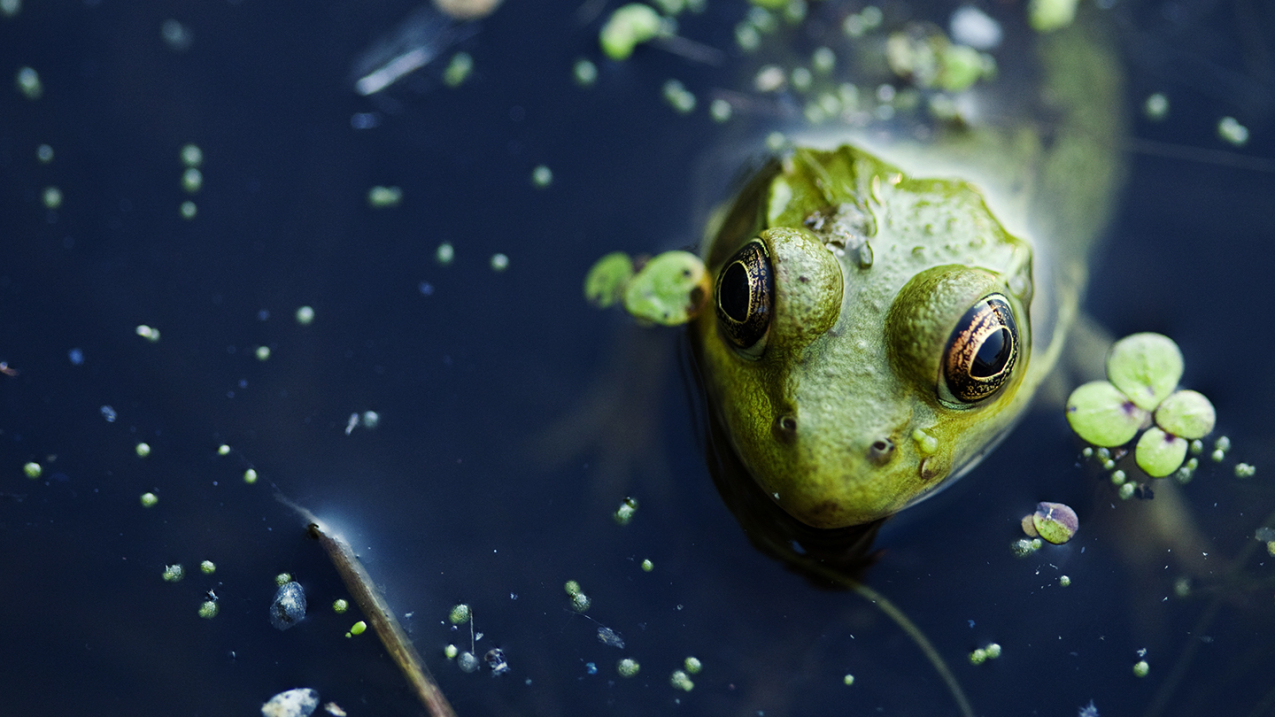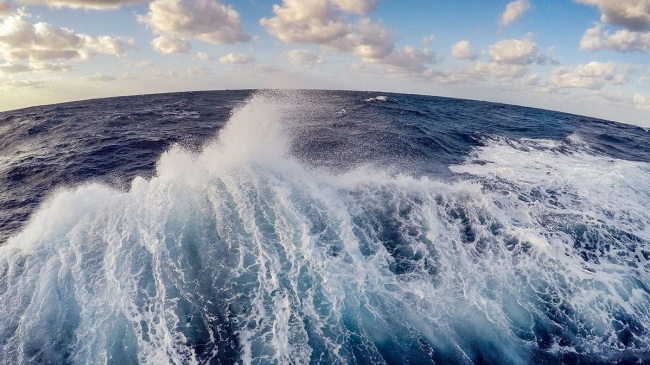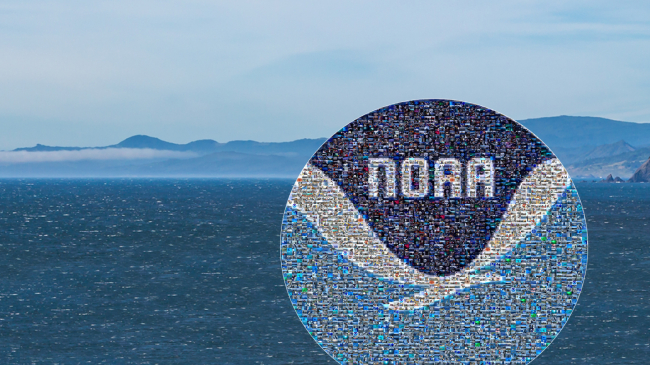Our ‘click list’ of cool science stories has something for everyone

It's not easy being green, but NOAA scientists are working hard on innovative, sustainable solutions for Earth's biggest environmental challenges. (Image credit: iStock)
It’s that time again to reaquaint yourself with the health and well-being of our planet. We know what you’re thinking … but it’s not all bad news. NOAA scientists are using their expertise and innovation to help to solve Earth’s biggest challenges.
Check out our “click list” for more useful, fun and fascinating NOAA feature stories to pique your interest this week:
First things first: Where did Earth Day come from? NOAA’s Ocean Service gives you the backstory. It’s always been a special day for NOAA because our organization and our earth science mission was created the same year, in 1970. In fact, you can see how our ability to view the planet has evolved over the course of 4 Earth Days and 49 years.
NOAA scientists forecast the weather, monitor the atmosphere and oceans, track the health of the nation’s fisheries, collect important data and observations about Earth’s changing climate and more. So, what's the difference between weather and climate, anyway? Start here.
Speaking of climate, what can the science of today tell us about the climate of thousands of years ago? See how NOAA paleoclimatologists are looking to the ancient past to find climate clues buried in sediments at the bottom of the oceans, locked away in coral reefs, frozen in glaciers and ice caps, and preserved in the rings of trees.
We hear a lot about carbon dioxide in terms of our changing climate. Like most things in nature, carbon has its own cycle. This brief video explains.
NOAA also works to protect species of marine life — such as whales, dolphins and sea turtles — from decline and extinction. Do you know the best ways to view marine mammals on your next vacation? Check out our guide, “Please no selfies with the seals...”
If you’re likely to be surfing, swimming, snorkeling or scuba diving this summer, our infographic on how you can help save coral reefs is a must-see. One important thing you can do: Avoid using suncreen with chemicals shown to threaten coral and marine life.
(By the way, did you know that NOAA uses satellites to monitor coral reefs?)
Love all things ocean? So do we. NOAA Ocean Today’s video series, “The Ocean We Love: Earth Day Special,” was curated with you in mind.
The world’s ocean is still a new frontier — about 95% of it is unexplored — and there’s always more to discover, like these top 5 “weird” ocean phenomena.
Got a thing for space? Then get to know NOAA’s newest operational satellite, GOES West! From 22,000 miles above Earth, the sister satellite to GOES East is helping forecasters track weather and other environmental hazards in places like California, Alaska and Hawaii.
Did you always want to be a scientist, but somehow life got in the way? Now’s your chance! Be a NOAA citizen scientist and help us harness the power of the crowd. The more data we can collect from volunteers around the country, the better equipped NOAA scientists will be to more deeply understand our natural world and solve its problems. For starters, we have 6 opportunities for you to consider.
So: Citizen science doesn’t interest you, but you still want to help save the planet? See these 10 simple tips for what you can do.
Finally, meet some people who will make you feel good about humanity today.
Hungry for more? Follow the Twitter hashtag #EarthDayNOAA for all kinds of cool earth science stuff, and stay connected to our social media channels.



